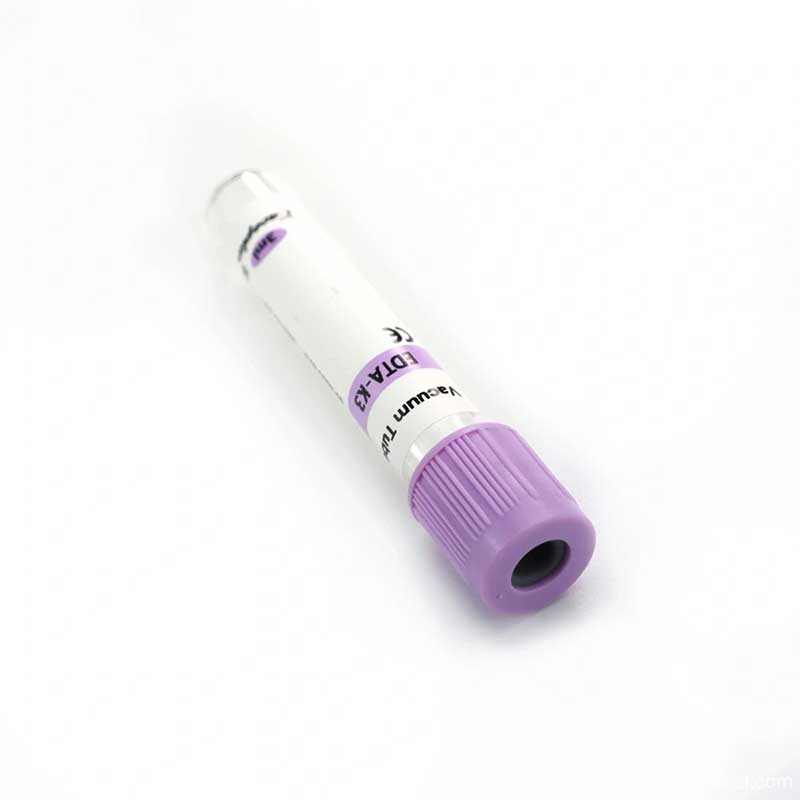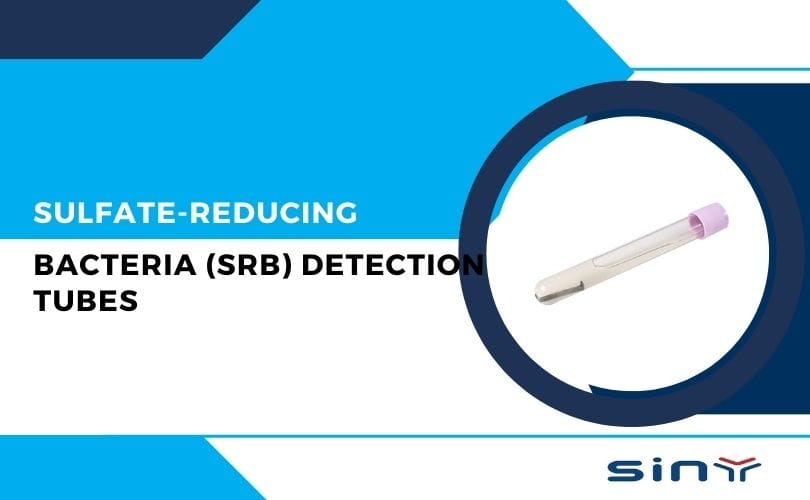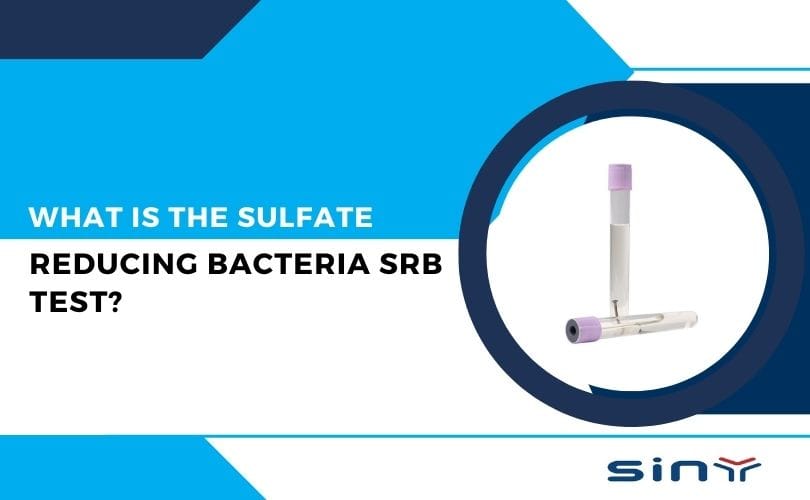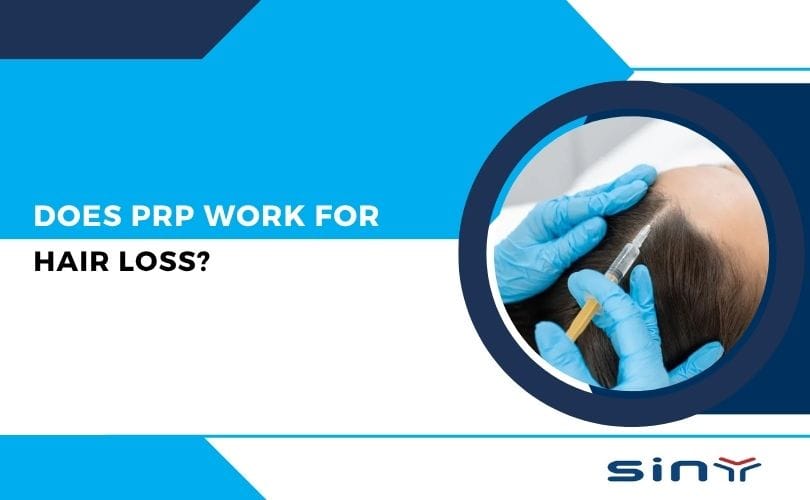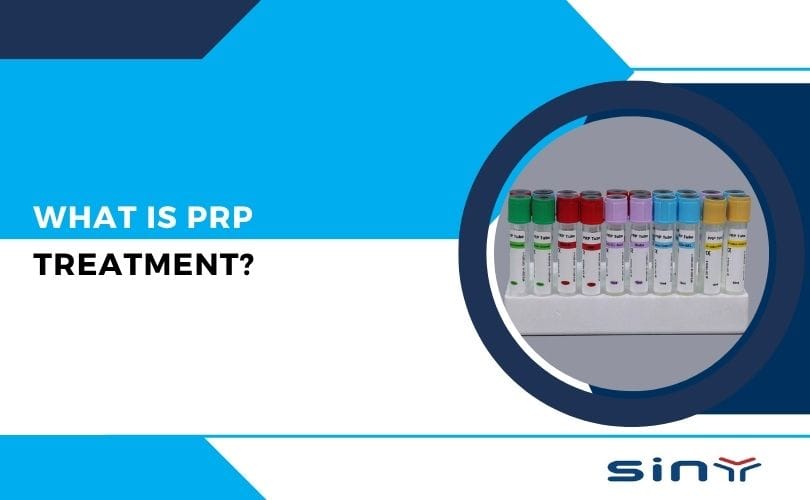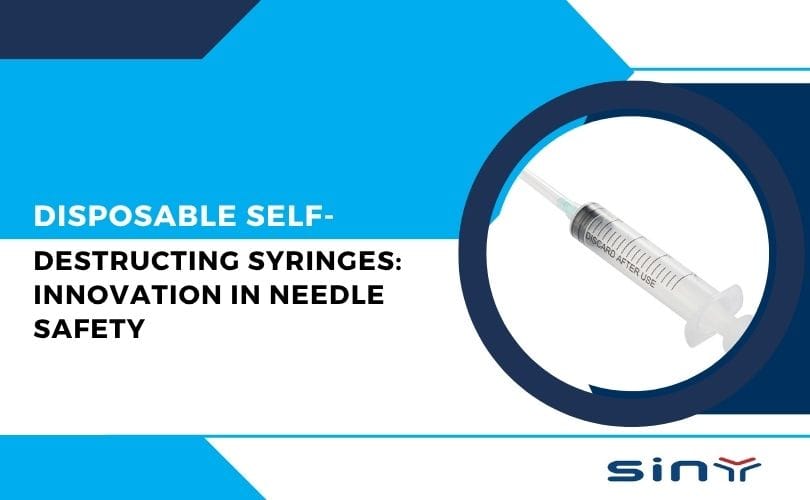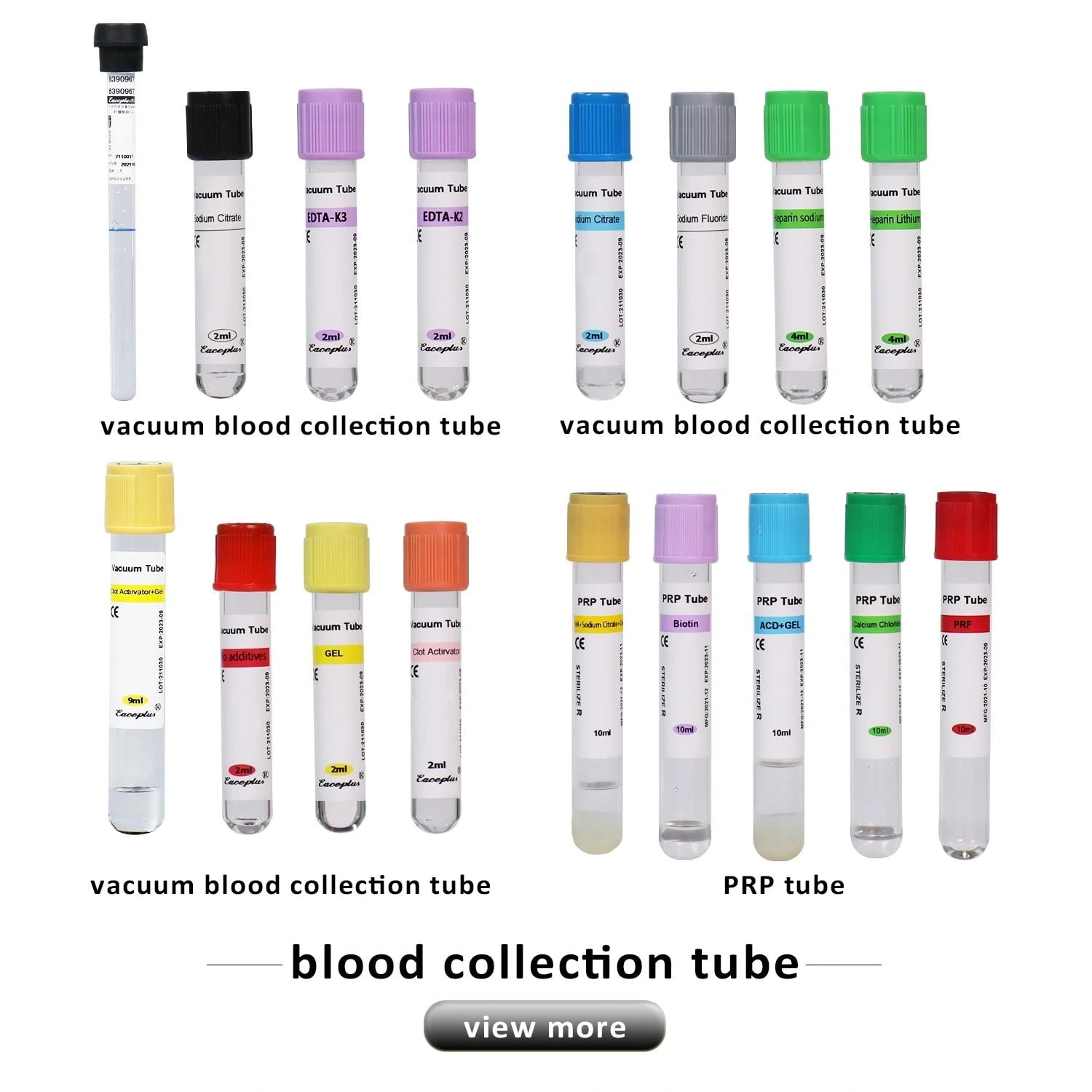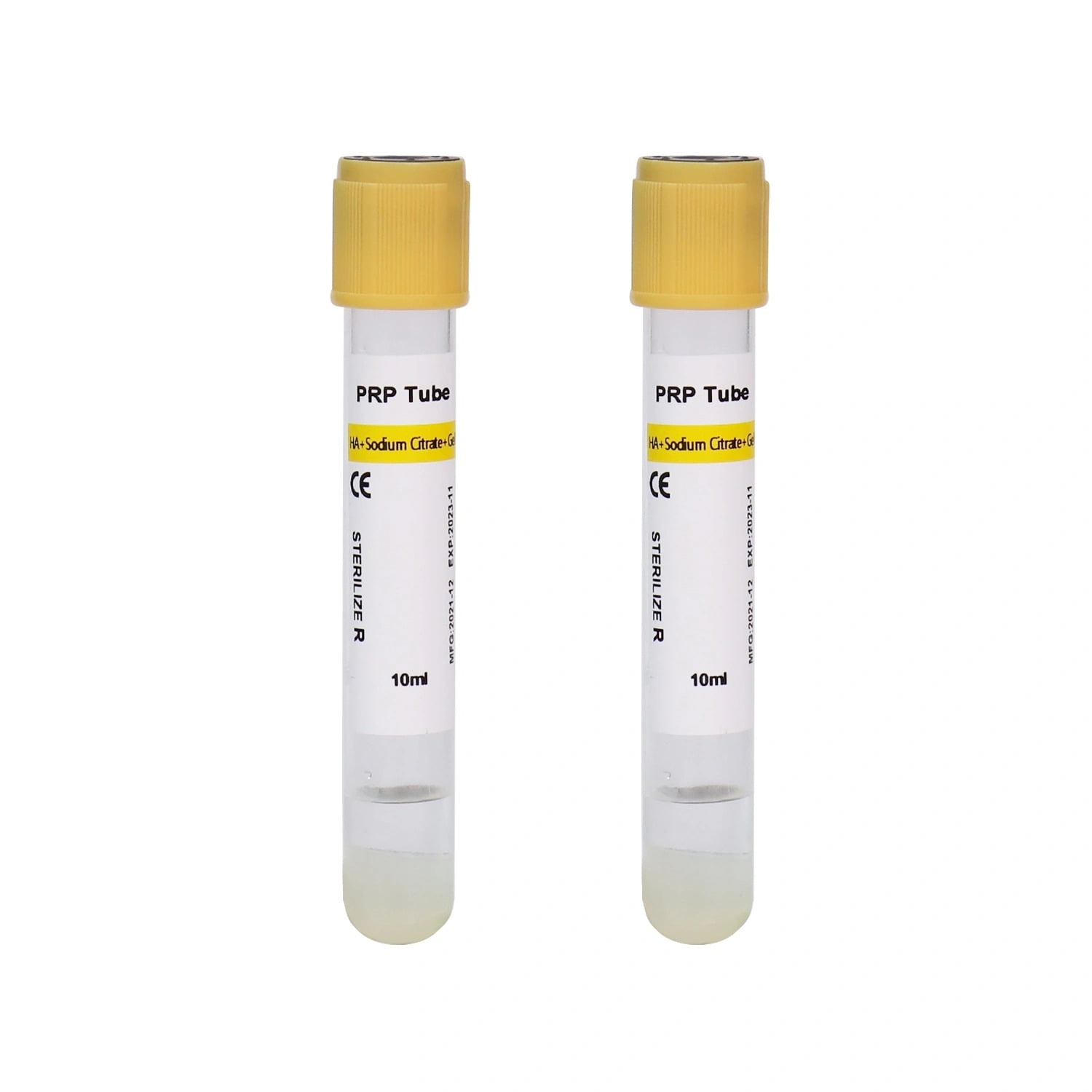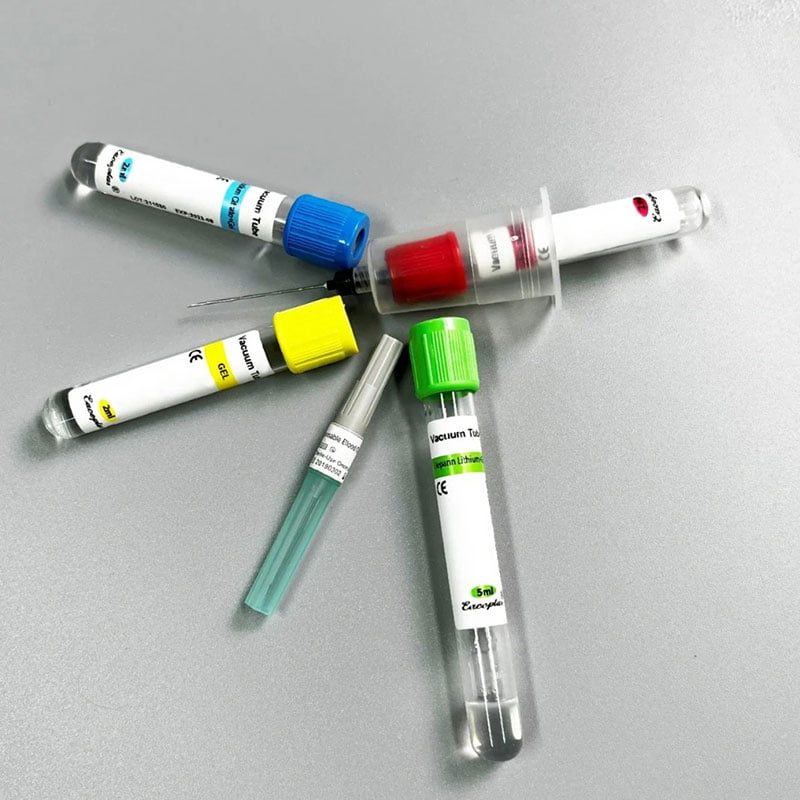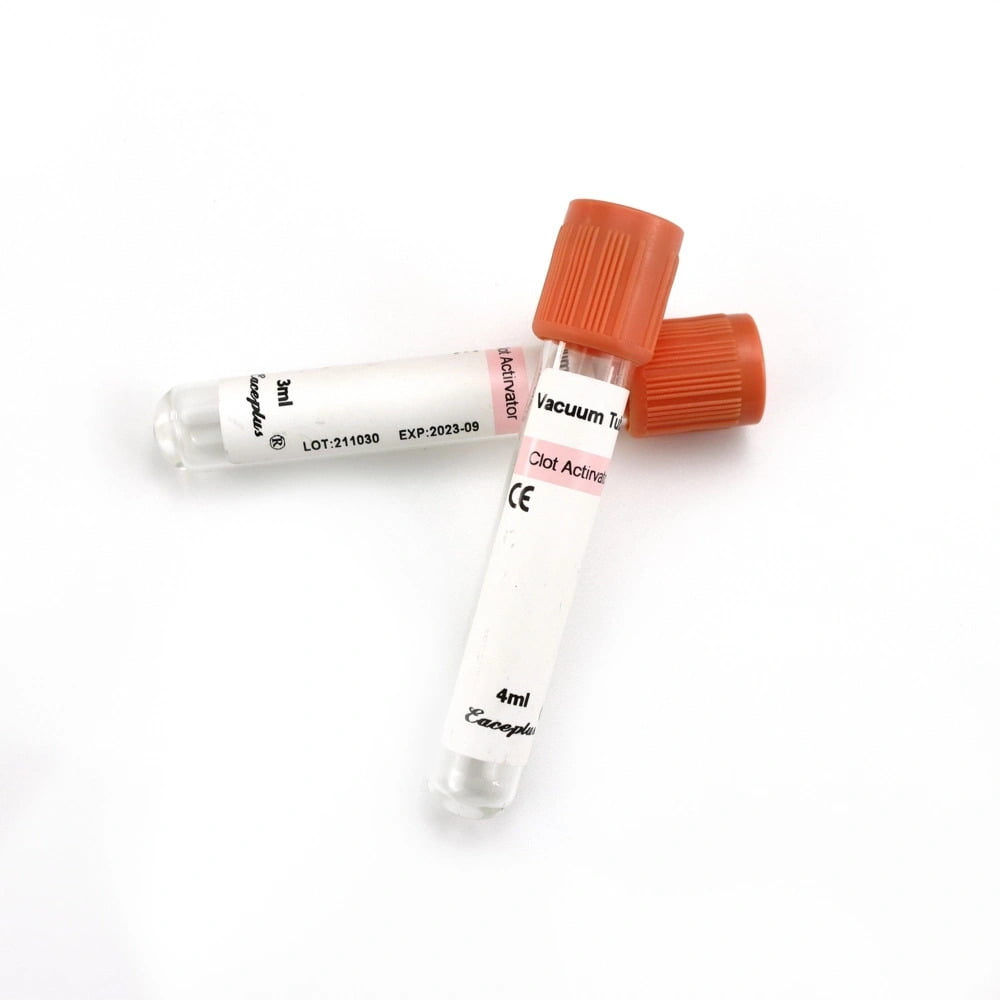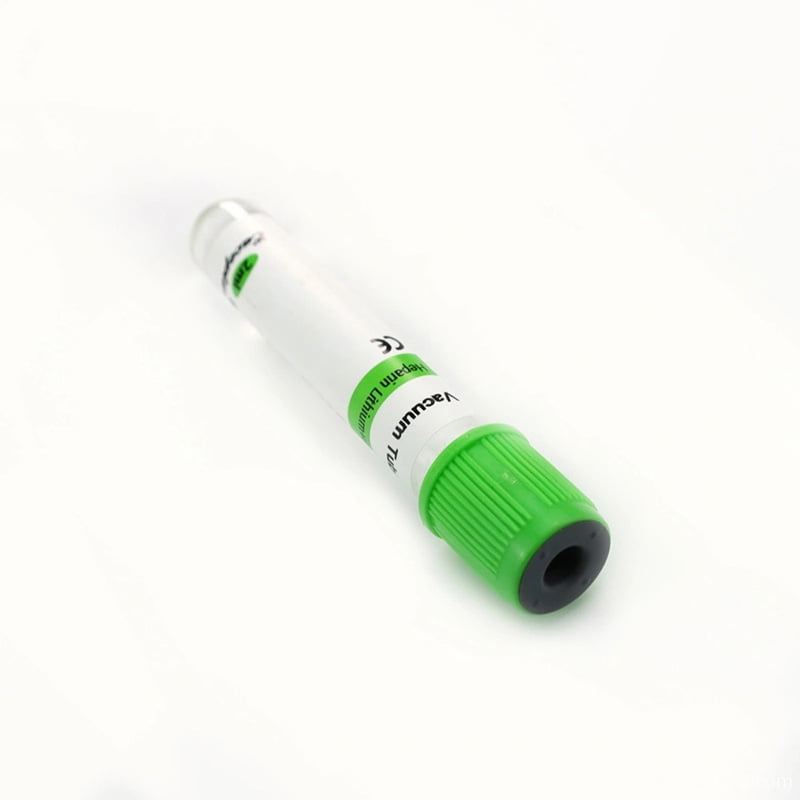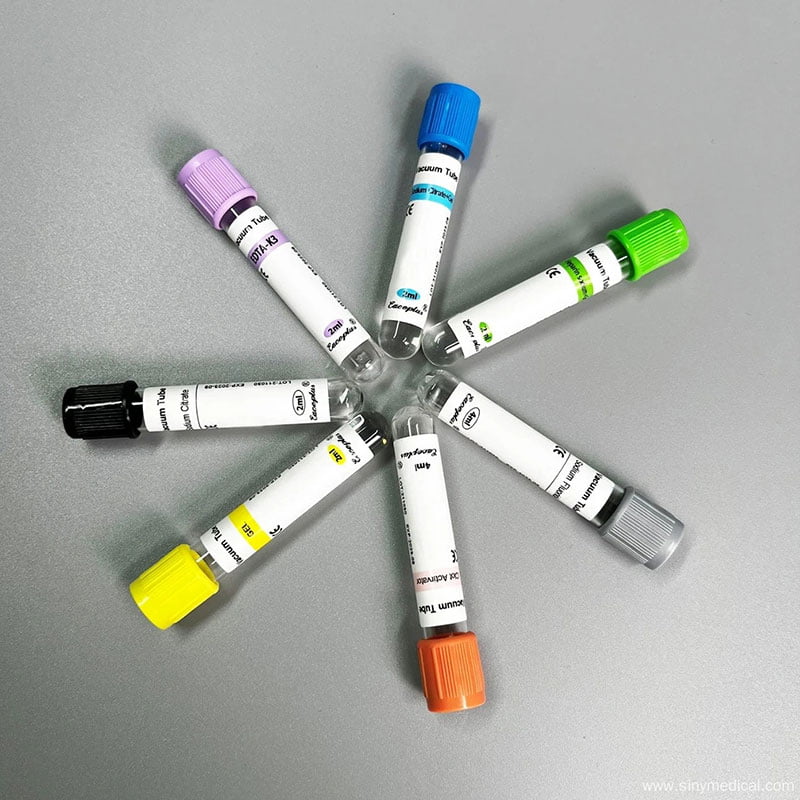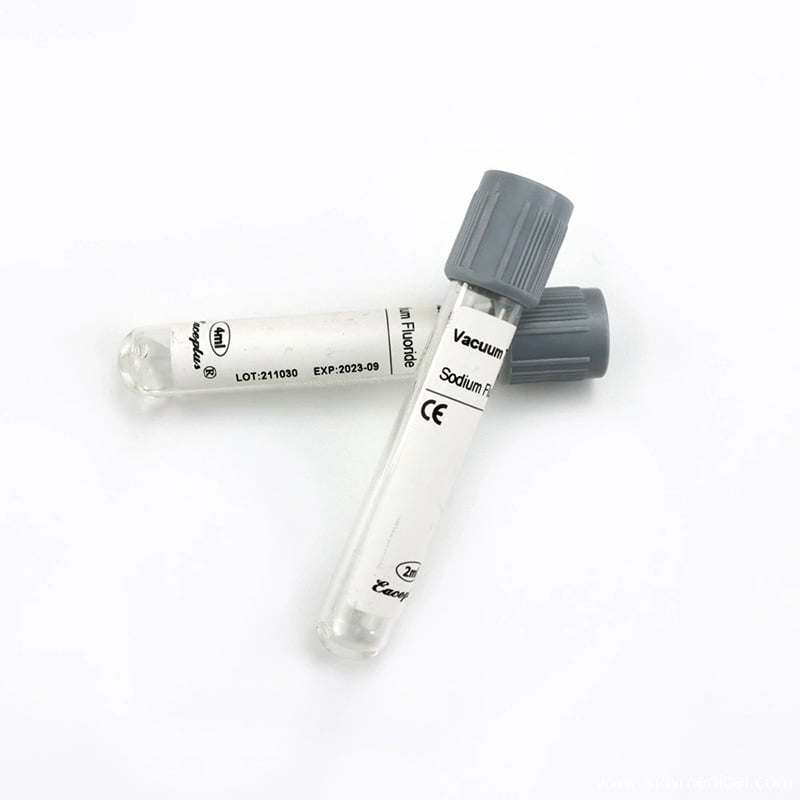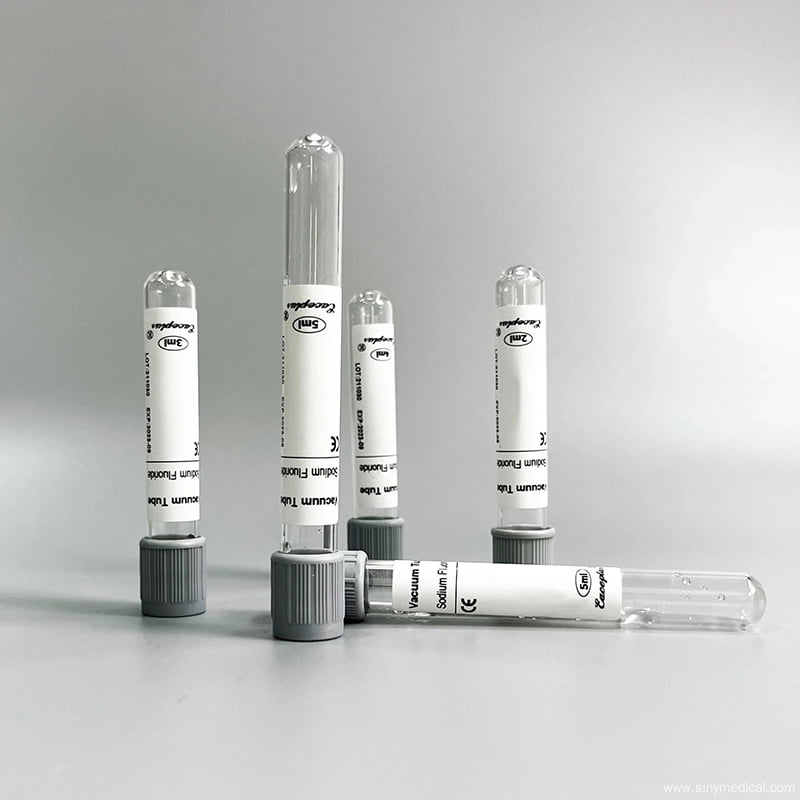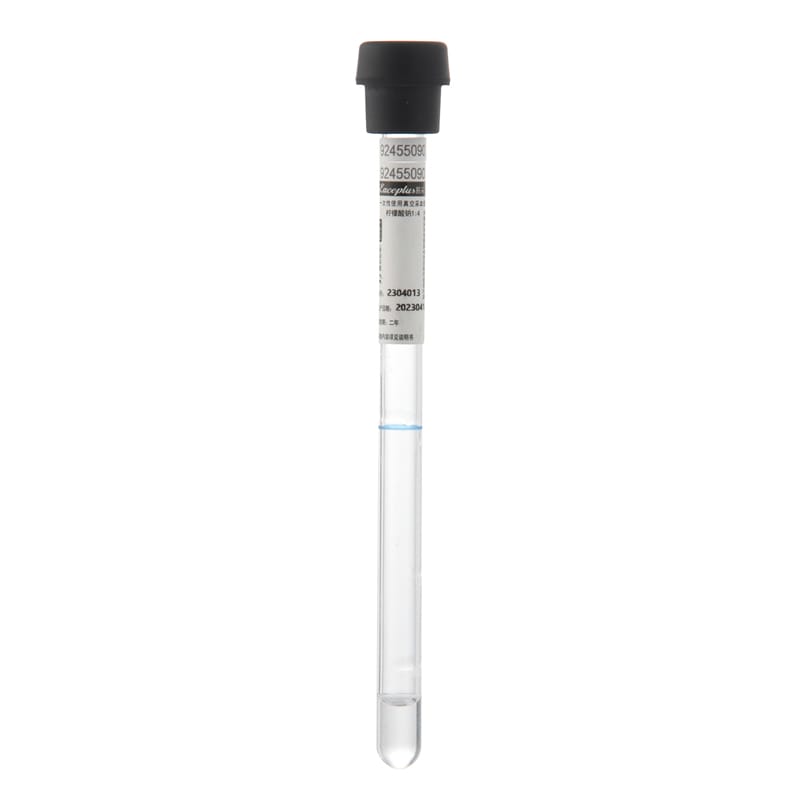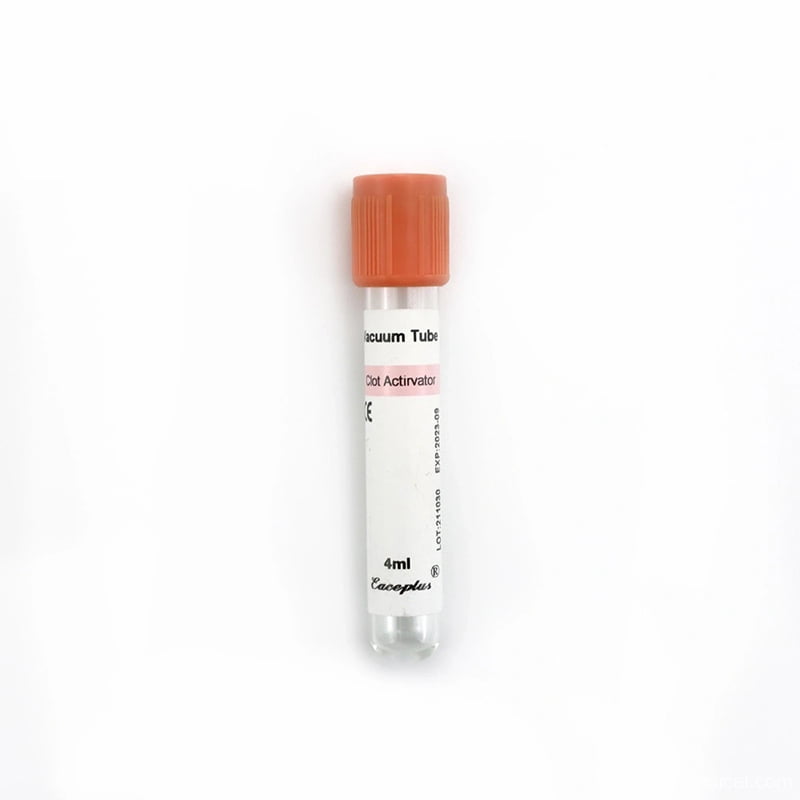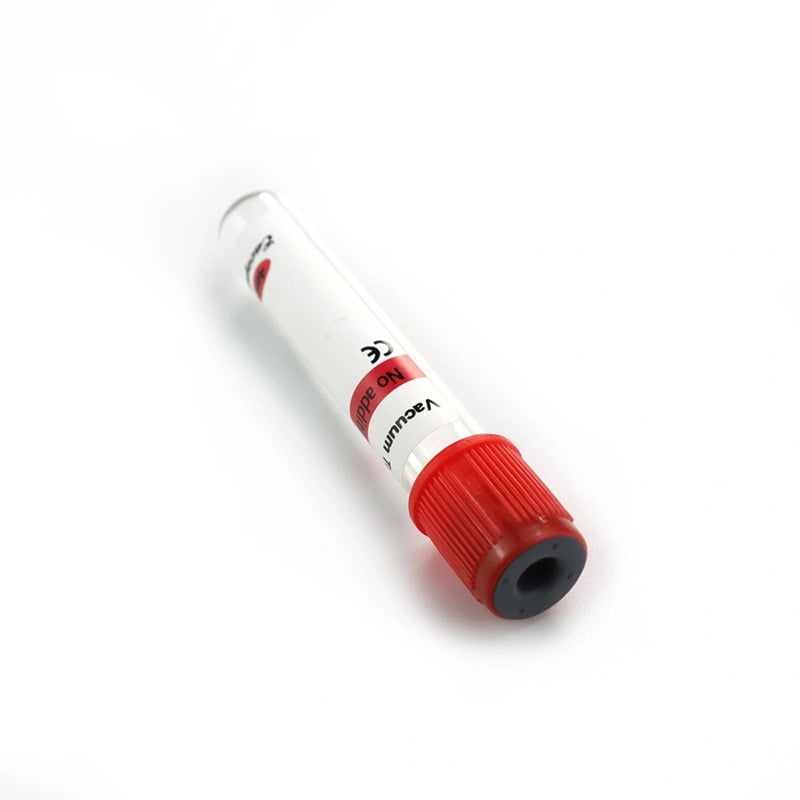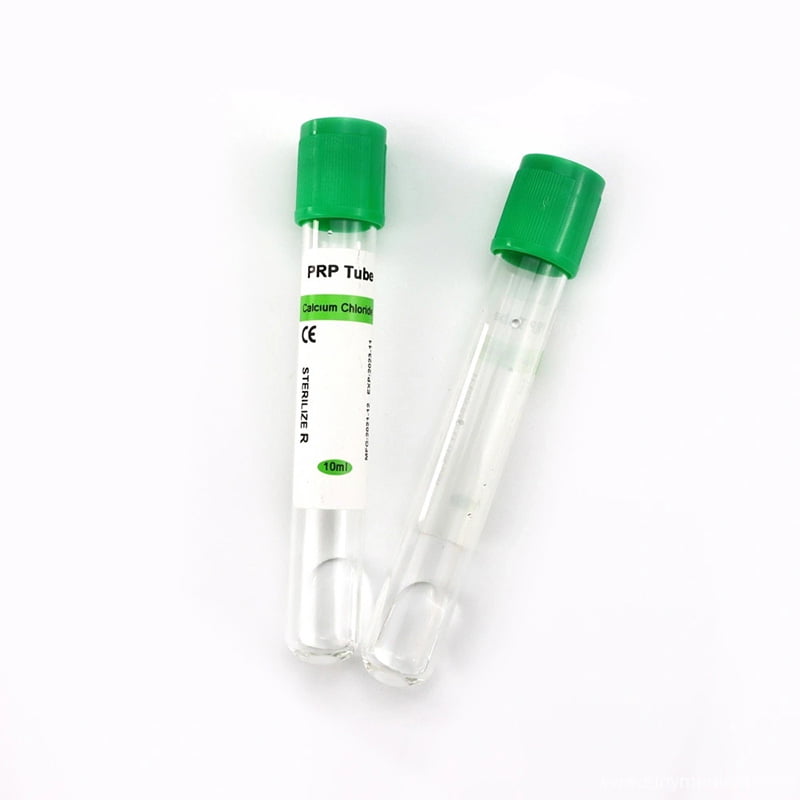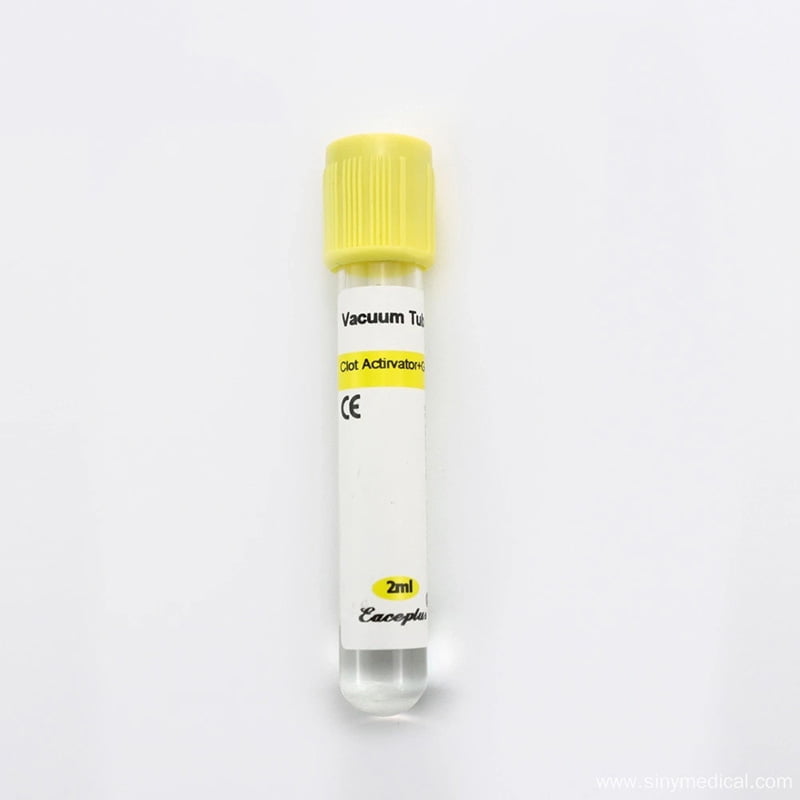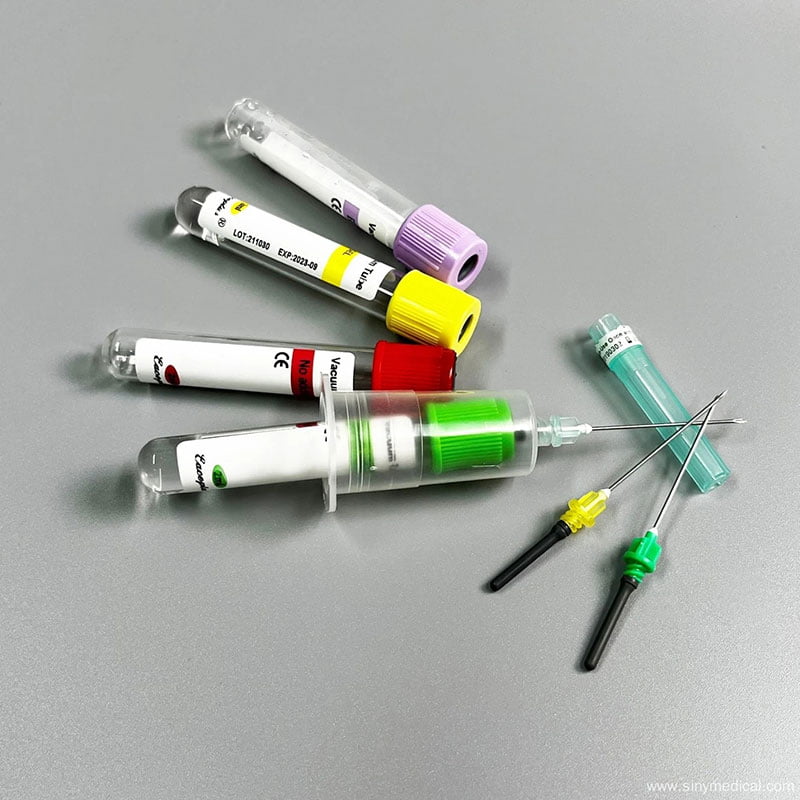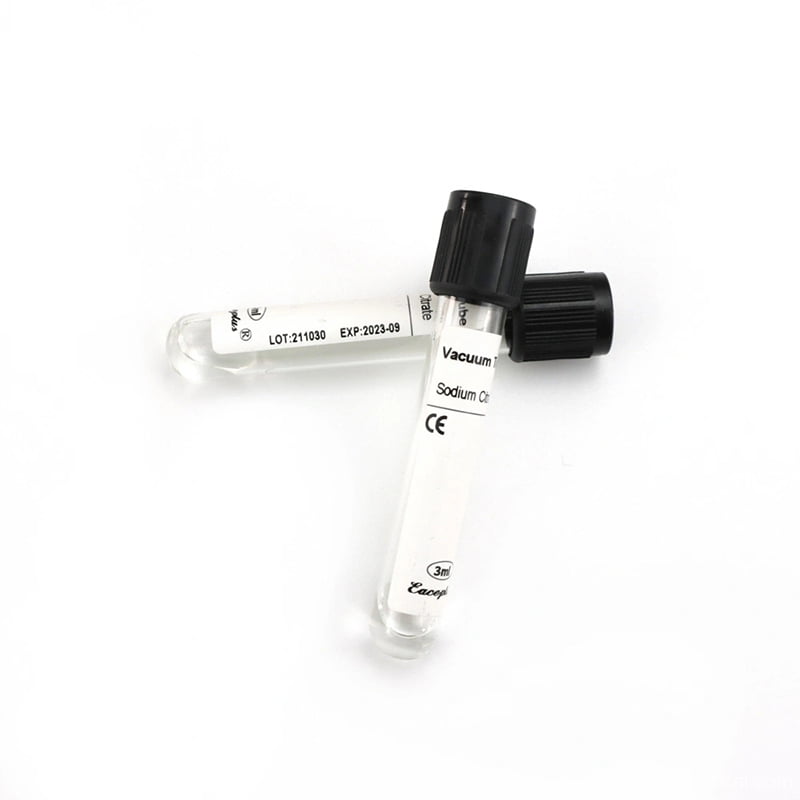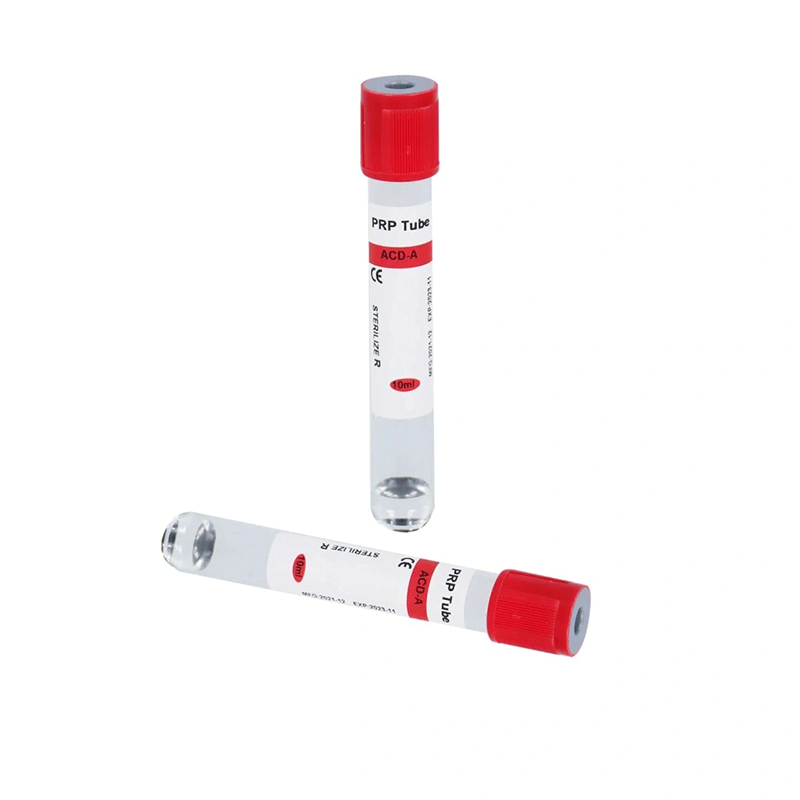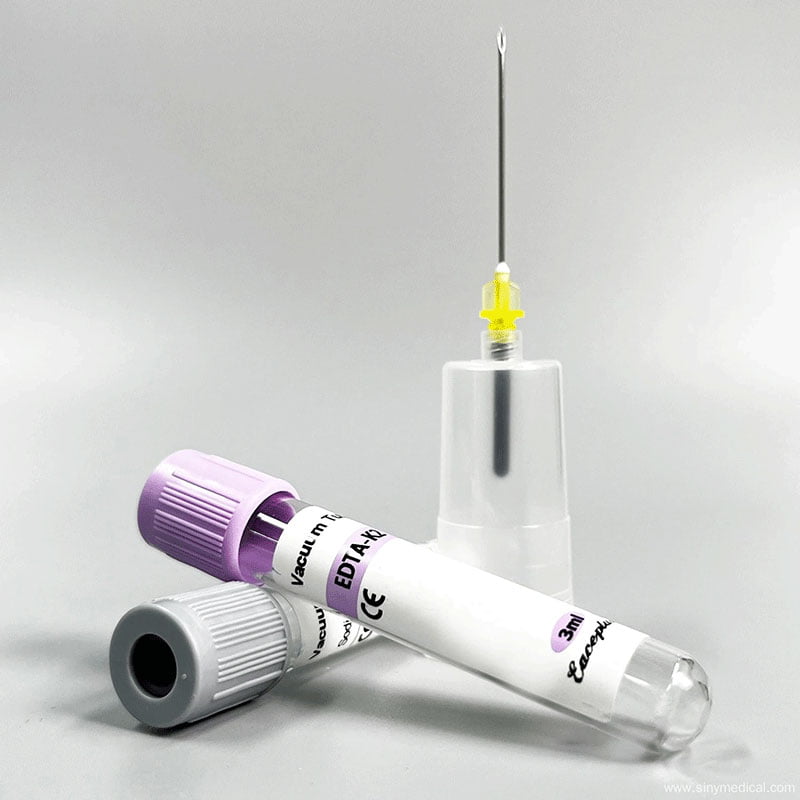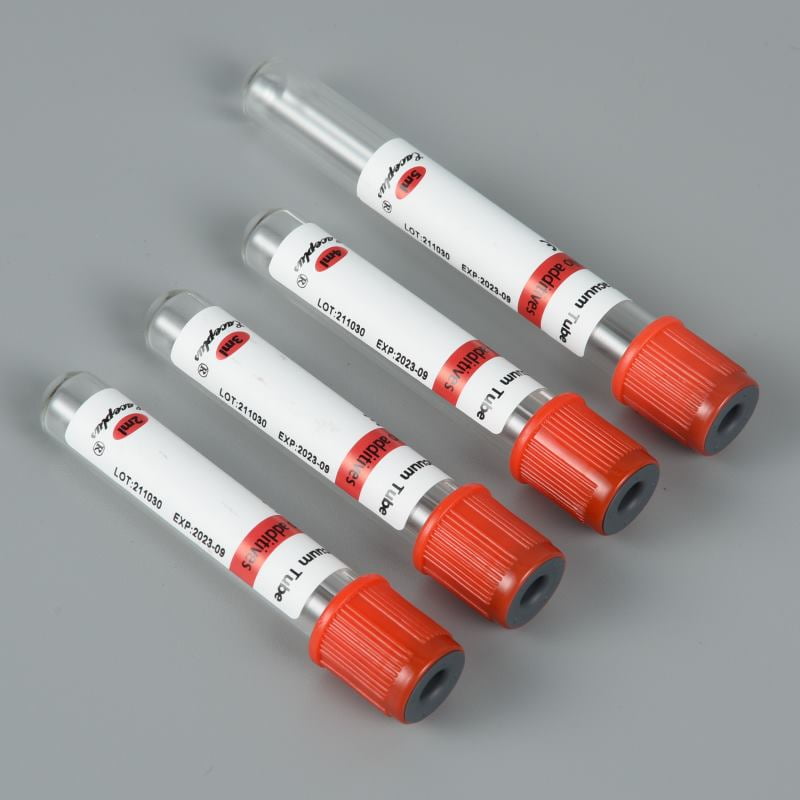Sulfate-reducing bacteria (SRB) thrive in low- or no-oxygen environments, using sulfate or other sulfur compounds as an electron acceptor to produce sulfide or hydrogen sulfide (H₂S). You can find SRB in groundwater, oilfield injection systems, industrial cooling towers, and wastewater treatment plants. Because H₂S corrodes metal, clogs pipes, and harms health, you must monitor SRB levels to protect equipment, ensure water safety, and guide treatment decisions.
Our 9 mL SRB detection tubes follow the Most Probable Number (MPN) method. Each tube comes pre-filled with a sterile culture medium—no extra prep or lab setup is needed. You simply add your water sample, incubate it under anaerobic conditions, and then read the color changes. This shortcut helps you quickly estimate SRB counts from 10⁰ to 10⁻¹⁰ dilutions.
Table of Contents
What Are Sulfate-Reducing Bacteria (SRB)?
Sulfate-Reducing Bacteria (SRB) are anaerobic microorganisms that reduce sulfate (SO₄²⁻) to hydrogen sulfide (H₂S), a toxic and corrosive gas. These bacteria thrive in oxygen-deprived environments such as:
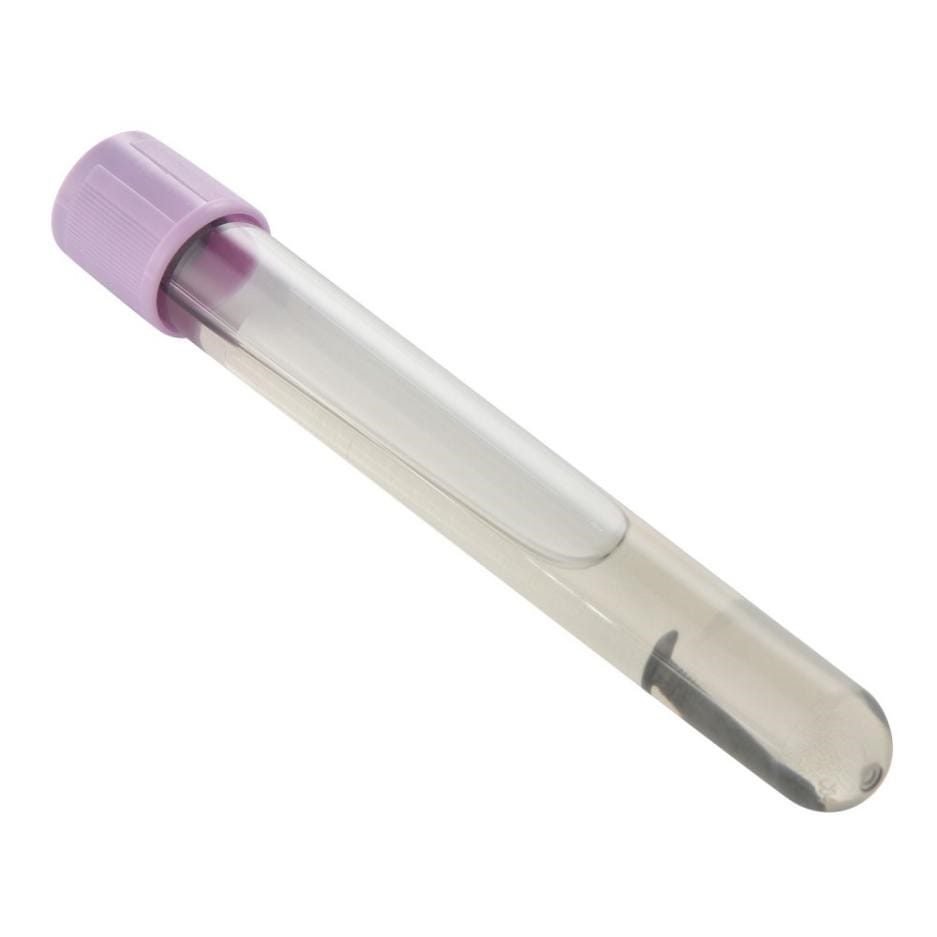
- Oil and gas pipelines (causing microbiologically influenced corrosion)
- Wastewater treatment plants (leading to odor issues)
- Groundwater and drinking water systems (affecting water safety)
SRB detection is critical because their metabolic byproducts can:
- Accelerate metal corrosion in industrial equipment.
- Produce foul-smelling hydrogen sulfide, making water unsuitable for consumption.
- Disrupt biological treatment processes in wastewater management.
To learn more about SRB, read What Are Sulfate-Reducing Bacteria?
Product Specs and Storage
Siny Medical’s SRB detection tubes are designed with practicality and performance in mind.
Tube Capacity: 9 mL
Packaging: 8 tubes per box, with bulk orders available up to 1,200 tubes/carton
Ingredients: Sodium sulfate, carbon sources, trace minerals, and vitamins
Shelf Life:
- Unopened: 24 months at 4–25 °C, protected from light
- Opened: Use within 14 days
Use Cases:
Perfect for testing drinking water, surface water, groundwater, industrial cooling water, and soil leachate.
For bulk orders or custom kits, visit Siny Medical’s official store.
Principle and Key Advantages
MPN Method in Brief
- Serial dilution: Dilute your sample in tenfold steps, placing each dilution into parallel tubes.
- Anaerobic incubation: At 28 ± 2 °C, active SRB converts sulfate to sulfide, turning the medium from yellow/clear to dark brown or black.
- Positive/negative results: Count the tubes that turn dark, then use an MPN table or formula to find SRB concentration (MPN/mL).
Why Choose These Tubes?
- Plug-and-play: No need to mix your medium—tubes arrive ready to use.
- Accurate counts: The MPN approach gives you reliable estimates of bacterial levels.
- Wide sample range: You can test clear, turbid, or particle-laden water after simple filtering.
- Repeatable results: Standard tubes and steps make it easy to compare data over time.
Pre-test Preparation
Sample Collection
- Sterile containers: Use autoclaved or chemically sterilized glass or plastic bottles.
- Volume: Collect at least 100 mL per site to cover all dilutions.
- Storage: If you can’t test right away, chill samples at 4 °C but test within 24 hours to avoid changes in bacterial counts.
Sample Treatment
- Clarify or filter: For turbid samples, pass them through a 0.45 μm filter to remove large particles.
- Soil leachate: Mix the soil with saline (1:10 ratio), shake for 30 minutes, let settle for 5 minutes, then use the clear top layer.
Step-by-Step Procedure
- Inspect the tubes
- Make sure the medium looks light yellow or clear with no particles or discoloration.
- Check that tube caps and packaging remain intact.
- Set up serial dilutions.
- Arrange tubes in order (1 to 10).
- Use a sterile syringe or pipette to add 1 mL of your original sample to Tube 1.
- Shake Tube 1 for 1–2 minutes to mix, then transfer 1 mL from Tube 1 to Tube 2.
- Repeat this process down to Tube 10.
- Incubate anaerobically
- Seal each tube tightly.
- Place tubes in a dark incubator at 28 ± 2 °C for 5–7 days.
- For hard-to-grow samples, extend incubation to 10 days.
- Record observations
- After incubation, mark each tube as positive (turns dark) or negative (stays its original color).
- Use these counts for MPN calculation.
Typical Applications
- Oilfield injection water: Watch SRB levels to prevent sulfide corrosion in wells and pipelines.
- Industrial cooling water: Guide biocide dosing by tracking anaerobic activity.
- Municipal water supplies: Ensure treated water stays free of harmful bacteria before distribution.
- Wastewater treatment: Check anaerobic reactors’ performance and adjust process settings.
Tips and Quality Controls
- Keep it sterile: Work in a clean area or laminar-flow hood to cut down on stray microbes.
- Mix thoroughly: Shake each dilution well to keep counts accurate.
- Maintain anaerobic seals: Don’t loosen caps during incubation.
- Run controls: Include a known SRB sample (positive control) and sterile water (negative control).
- Protect yourself: Wear gloves and goggles; rinse with water and seek medical advice if medium contacts your skin.
Wrapping It All Up
Sulfate-reducing bacteria are more than just microscopic annoyances—they’re a silent destroyer of infrastructure, a contaminant in drinking water, and a hazard to public health.
But with Siny Medical’s industry-approved SRB detection tubes, you can take control.
These easy-to-use, highly sensitive kits are your first defense against unseen microbial threats. Whether you’re testing oil pipelines, water reservoirs, or cooling towers, there’s no reason not to make SRB monitoring a routine part of your water management program.
Explore Siny Medical’s full range of detection solutions and order directly via their official contact page.
FAQs
1. How soon will I see results?
Typically within 5 to 7 days, though it may take up to 10 days depending on the sample.
2. What does a positive SRB result look like?
A visible dark brown or black color in the tube.
3. Are SRBs dangerous to health?
Yes. They produce hydrogen sulfide (H₂S) which is toxic and can harm both humans and infrastructure.
4. Can I use these tubes in the field?
Absolutely. Siny’s tubes are portable and don’t require additional lab gear.
5. Do I need special training?
Not at all. The process is straightforward and designed for both professionals and non-specialists.
6. Where can I order SRB tubes?
You can place orders directly through Siny Medical’s SRB product page or contact them here.

